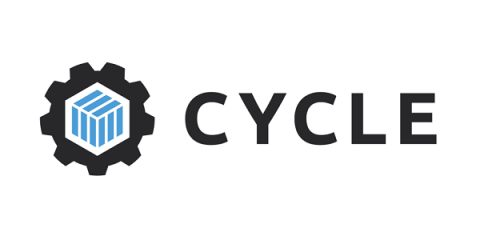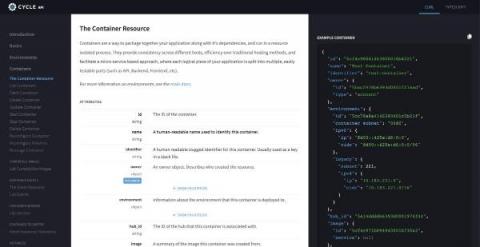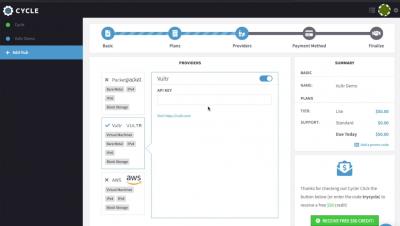A Brief Introduction to Containers
Whether you’re new to development or a seasoned developer, containers have proven to be game-changing in building, testing, and deploying applications. This article is meant as a quick introduction to the world of containers. To get started, you’ll need to install Docker to follow along with the examples. If you haven’t installed Docker yet, head over to their website to get it installed. There are free versions available for all major operating systems.







